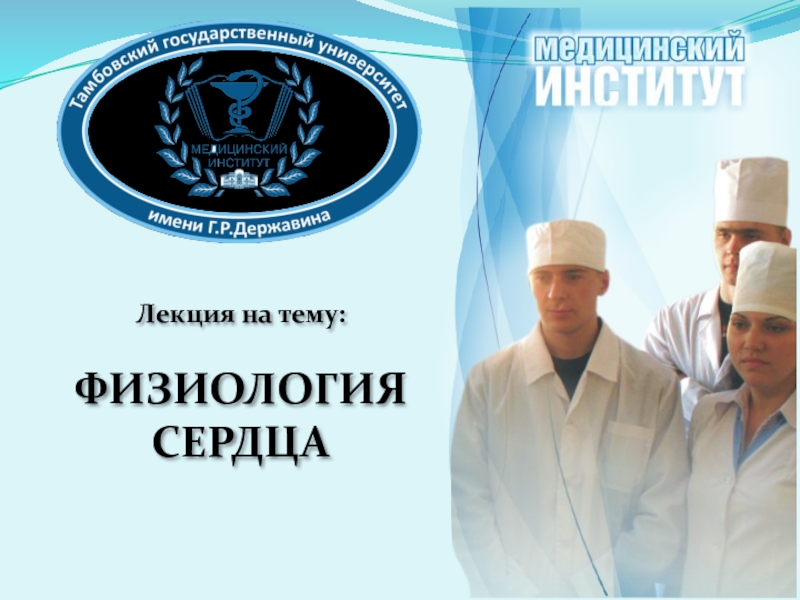in stature and will.
Interests: manufacture, armed forces, practical crafts.
The first
Tsar to travel outside Russia.‘Great Embassy’ to Europe, 1697-8.
Peter the Great by Paul Delaroche






























